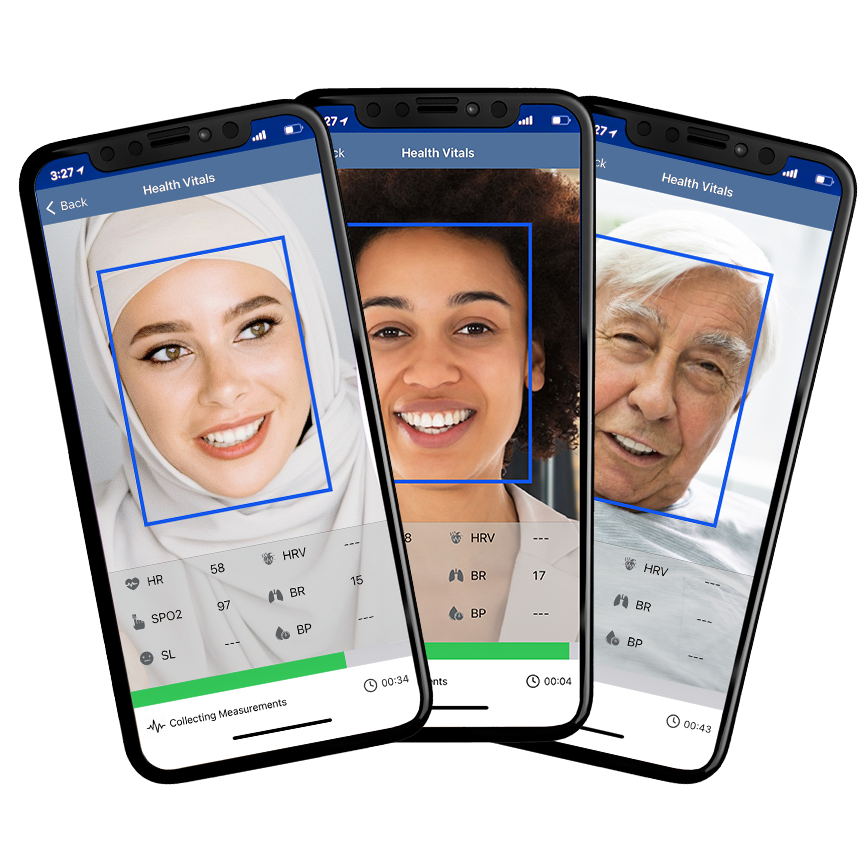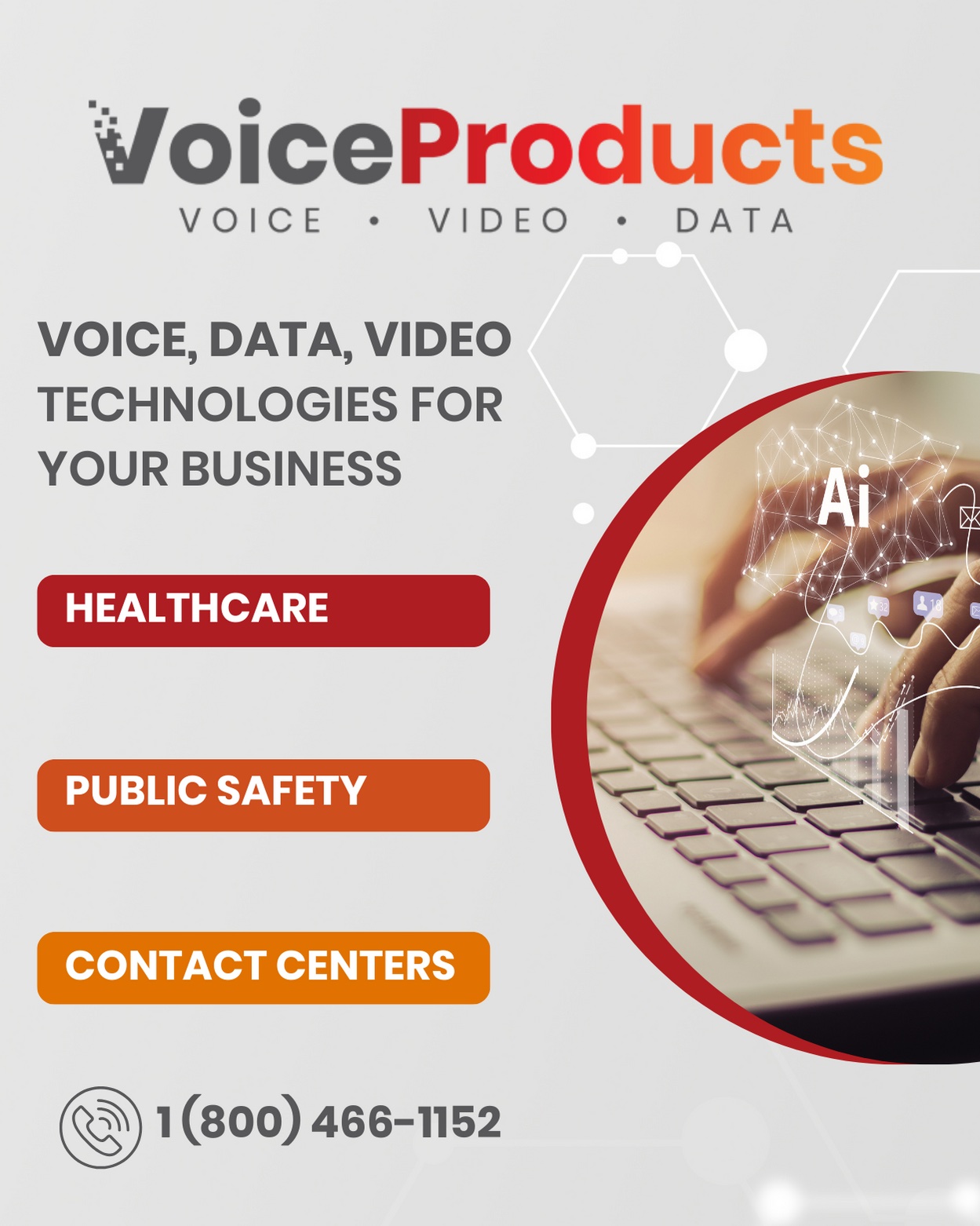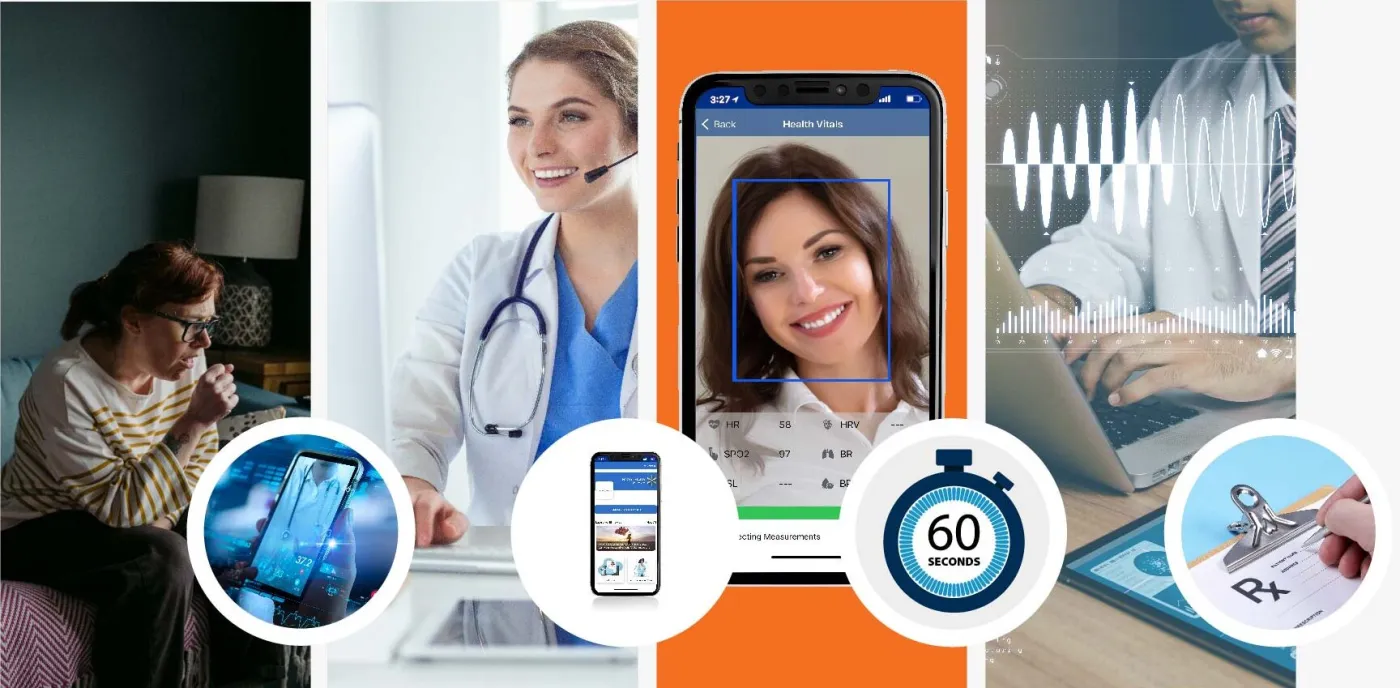Key Components of RPM
1. Easy to use Phone App: Patients can track their vital signs and other health metrics.
2. Data Transmission: The collected data is transmitted to healthcare providers through secure digital communication channels. This can involve the use of smartphones, tablets, or dedicated monitoring devices that connect to the internet.
3. Data Storage and Analysis: Healthcare providers receive the data in real-time or periodically, allowing them to monitor patients' health continuously. Data is stored securely, often in cloud-based systems, and analyzed to identify any concerning trends or anomalies.
4. Healthcare Provider Interaction: Providers review the data and can interact with patients through telemedicine platforms, providing feedback, adjusting treatment plans, and making recommendations without the need for in-person visits.
Benefits of RPM
- Improved Access to Care: Patients, especially those in remote or underserved areas, can receive continuous monitoring and timely interventions.
- Enhanced Patient Engagement: Patients are more involved in their own health management, leading to better adherence to treatment plans.
- Early Detection of Issues: Continuous monitoring allows for early detection of potential health issues, which can lead to more timely and effective interventions.
- Cost Savings: Reduces the need for frequent in-person visits and hospital admissions, leading to lower overall healthcare costs.
- Convenience: Patients can manage their health from the comfort of their own homes.
Use Cases
- Chronic Disease Management: RPM is particularly beneficial for managing chronic conditions such as diabetes, hypertension, heart disease, and chronic obstructive pulmonary disease (COPD).
- Post-Discharge Monitoring: Patients recently discharged from hospitals can be monitored to prevent readmissions and ensure recovery is on track.
- Elderly Care: Elderly patients can benefit from continuous monitoring, enhancing their safety and health management.
RPM represents a significant advancement in healthcare, providing numerous benefits that improve patient outcomes and efficiency in healthcare delivery.




